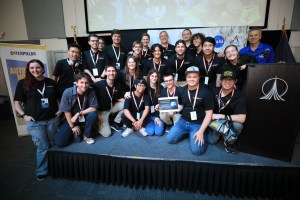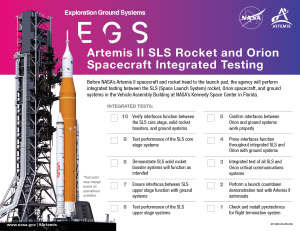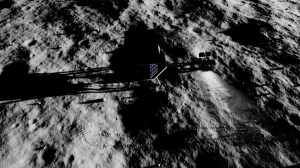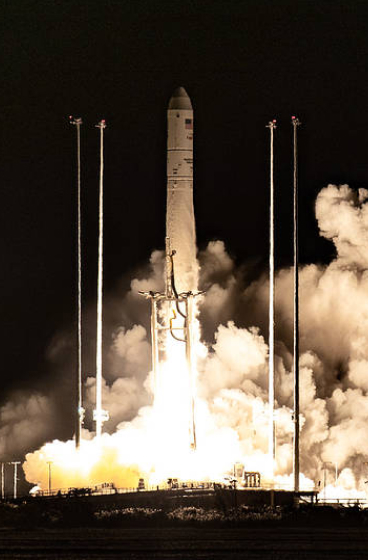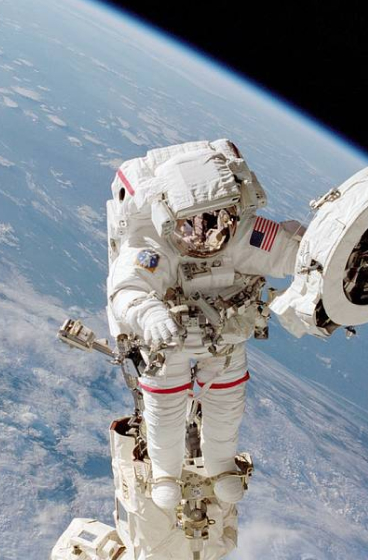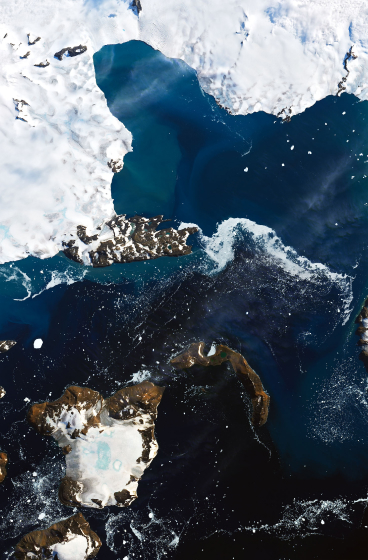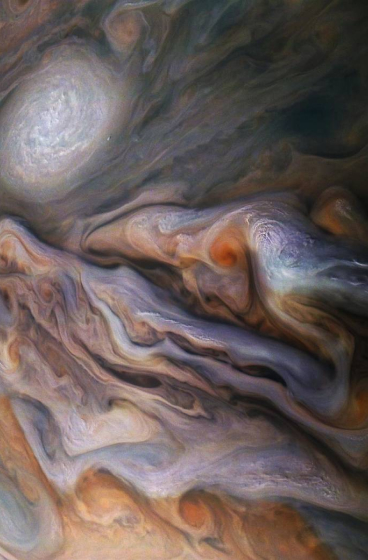I Am Artemis: Lili Villarreal
- Lili Villarreal, Artemis Landing & Recovery Director at NASA, has been working on space exploration since she was a child and fell in love with it after visiting the Kennedy Space Center Visitor Complex.
- Villarreal joined NASA in 2007 and has held various roles, including deputy flow director for the Artemis I mission and operations division for the International Space Station Program.
- She is currently leading the team that retrieves astronauts and Orion spacecraft after splashdowns in the Pacific Ocean following their missions in space.
- Villarreal is part of the team training for Artemis II, the first crewed mission under Artemis to send four astronauts around the Moon and back, and is excited about the prospect of being part of a historic moment for humanity.
- She believes that the Artemis missions will be a stepping stone for humans to live in other worlds and thinks it’s an “amazing thing” what they’re doing for humanity, with her as a proud part of it.
I Am Artemis: Lili Villarreal
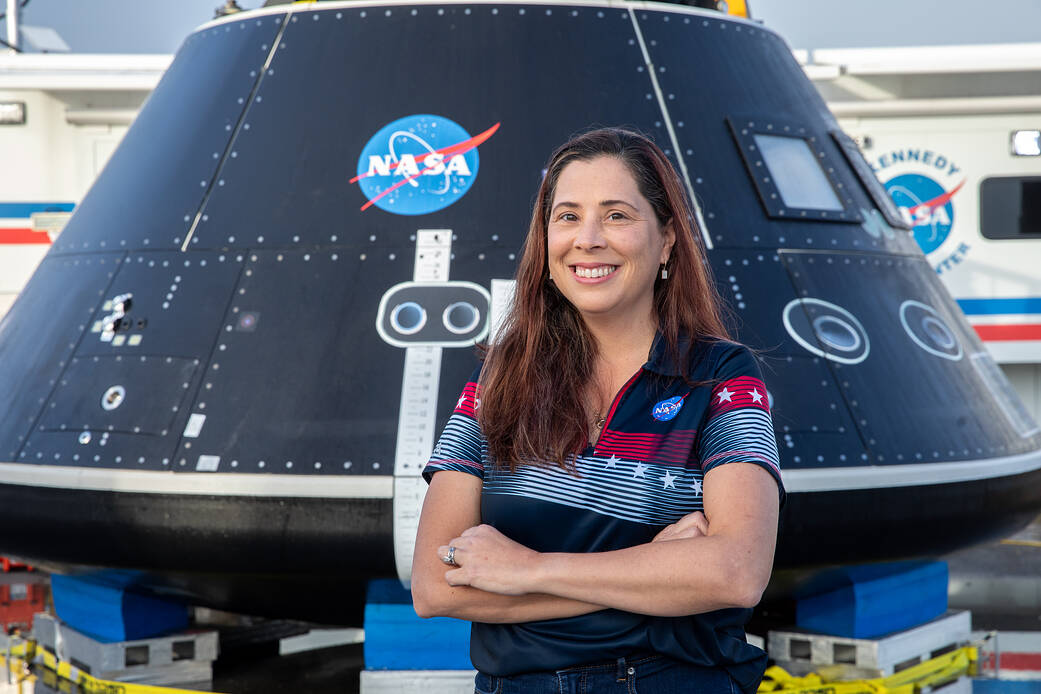
Listen to this audio excerpt from Liliana Villarreal, Artemis Landing & Recovery Director:
0:00 / 0:00
Your browser does not support the audio element.
Lili Villarreal fell in love with space exploration from an early age when she and her family visited the Kennedy Space Center Visitor Complex in Florida. So, it should come as no surprise that when the opportunity came for her to start working on NASA’s Artemis missions to explore the Moon and build the foundation for the first crewed mission to Mars, she jumped at it.
I was like, ‘Wow, we're going back to the Moon. I mean, how cool would it be to be at the beginning stages of that?'

Liliana Villareal
Artemis Landing & Recovery Director
She currently serves as the Artemis Landing and Recovery Director, helping retrieve the astronauts and Orion spacecraft after they splash down in the Pacific Ocean following their mission in space.
Originally from Cartagena, Colombia, Villarreal moved to Miami, Florida, when she was 10 years old with the goal of one day entering the aerospace industry. In 2007, her dream came true, and she became a part of the NASA team.
Prior to becoming the landing and recovery director, Villarreal served as the deputy flow director for the Artemis I mission, responsible for the integration, stacking, and testing of the SLS (Space Launch System) rocket and Orion spacecraft inside the Vehicle Assembly Building at the agency’s Kennedy Space Center.
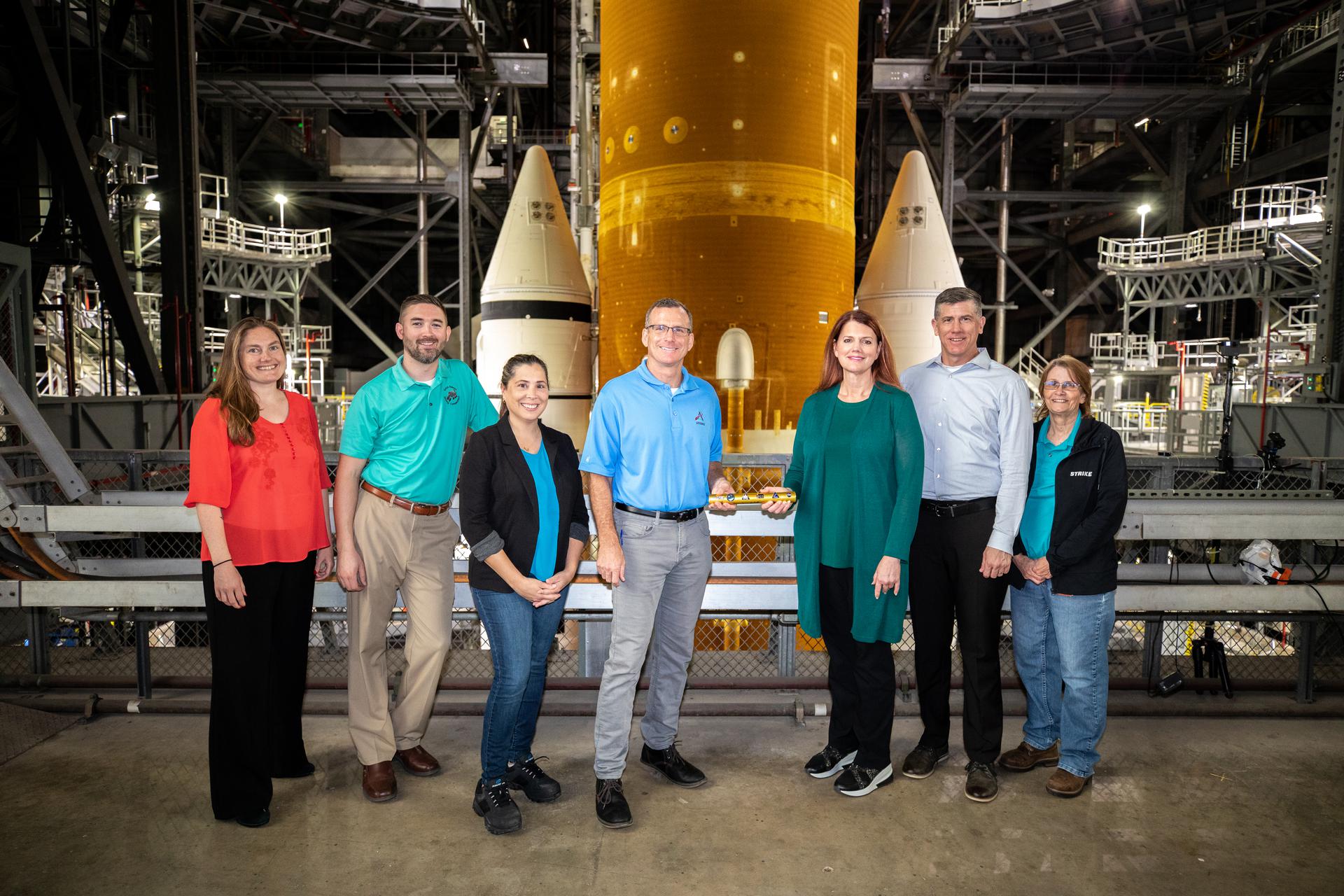
NASA/Glenn Benson
“I kind of came in about a couple of years before we started processing Artemis I,” Villarreal said. “It took a while to get to the good parts of operations where it’s like, ‘Oh my god, we have everything here, and we’re starting to put everything together. And every day is a different day. Every day we have to figure out, ‘OK, what happened? How are we going to solve it?’ That’s the fun part about being an engineer out here.”
Throughout her NASA career, she’s also had the opportunity to work in the operations division for the International Space Station Program.
Every day I work on the Artemis missions, I imagine how the people who worked on Apollo felt because we are where they were back then.

Liliana Villareal
Artemis Landing & Recovery Director
Currently, she and the team are training for Artemis II – the first crewed mission under Artemis to send four astronauts around the Moon and back. Part of the training includes rehearsing the steps and procedures to make sure they’re ready for crewed flights. This includes conducting underway recovery tests where NASA and U.S. Navy teams practice retrieving astronauts from a representative version of Orion at sea and bringing them and the spacecraft back to the ship.
“I think it’s an amazing thing what we’re doing for humanity,” Villarreal said. “It’s going to better humanity, and it’s a steppingstone to eventually us living in other worlds. And I get to be part of that. You get to be part of that. How cool is that?”

